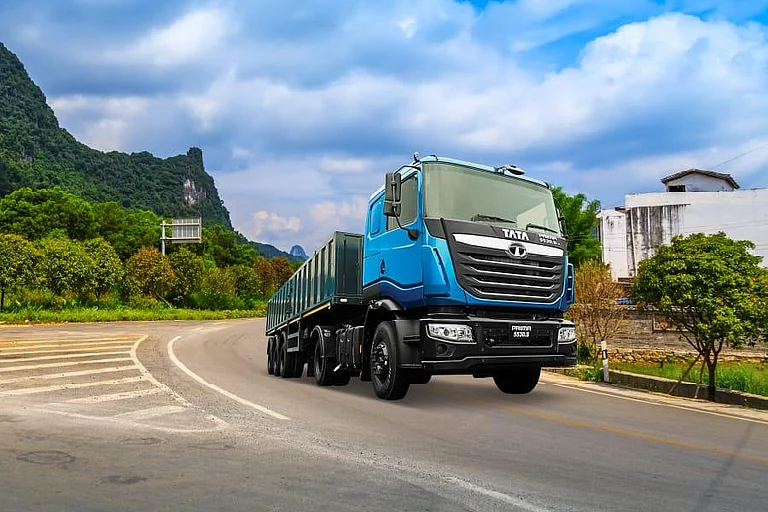When employers try to secure coverage for workplace risks, two policies often seem similar but operate very differently: Workmen's Compensation Insurance Policy and Occupational Hazards Insurance. Both are meant to protect employees who are injured at work, but their purposes, coverage, and liability differ.
Understanding the difference is more than just a technicality. The right combination of these covers can help employers reduce accident-related costs and operate with full compliance. For employees, these protections can determine how quickly and how smoothly they are financially supported after an incident.
What is Occupational Hazard Insurance?
Occupational hazard insurance is a type of business insurance designed to cover injuries, disabilities, or death resulting directly from workplace accidents. It is a compensation-based plan that pays benefits to employees who are injured while performing their job.
For example:
A machine operator injures their hand during production
A warehouse worker sprains their back while lifting heavy cartons
A field worker experiences an accident during delivery
This type of insurance is recommended for organisations whose workforce is exposed to higher physical risks, such as construction staff, manufacturing teams, drivers, heavy machinery operators, field technicians and even warehouse crew.
Occupational hazard insurance primarily benefits employees and provides benefits based on the injury suffered.
What is Workers’ Compensation Insurance?
Workers’ Compensation Insurance is a statutory form of coverage. It ensures the employer fulfils their legal liability under the Employees’ Compensation Act, 1923. When an employee suffers a work-related injury or illness, this insurance supports the following:
Medical expenses
Hospitalisation requirements
Wage replacement
Disability benefits
Death benefits paid to dependents
Where Occupational Hazards Insurance focuses on benefit payouts, a Workmen's Compensation Insurance policy focuses on legal compliance and ensuring employers meet their statutory financial responsibility.
Occupational Hazards Insurance Vs Workmen's Compensation Insurance policy
Aspect | Occupational Hazard Insurance | Workers’ Compensation Insurance |
Trigger | Accidental injury in the workplace | Work-related injury or illness under statute |
Core Purpose | Benefit payment to employees | Legal compliance and employer liability |
Who is Protected | Employee | Employer legally and employee financially |
Control | Optional coverage | Statutory requirement under law |
Which One Should Employers Choose?
Choosing between the two is not an “either/or” decision. In reality, both serve very different roles. Occupational Hazard Insurance is beneficial because it directly supports workers in the event of on-the-job accidents. Workers’ Compensation Insurance policy, on the other hand, ensures compliance with the Employers’ Compensation Act and protects the employer from large, unexpected liabilities.
So the most effective approach is to combine both. This creates a layered protection system that provides immediate medical/financial support and ensures all statutory requirements are met.
That is why most organisations, especially those in manufacturing, logistics, construction and public infrastructure projects, include Workers’ Compensation Insurance as part of their broader business insurance strategy and then supplement it by purchasing Occupational Hazard Insurance for teams or roles exposed to higher risks.
Choose a Comprehensive Business Insurance Policy with TATA AIG
TATA AIG offers solutions that support both sides of workplace protection, including Occupational Hazards Insurance and Workers’ Compensation coverage. With expert underwriting, digital documentation, quick claims support and compliance-aligned structures, TATA AIG helps businesses avoid gaps in protection.
When integrated into a strong business insurance strategy, TATA AIG’s Workers’ Compensation solutions help employers safeguard financial stability, meet legal obligations and protect the future of the workforce while giving employees confidence that they are not alone when accidents happen.
Disclaimer : This is a sponsored article. All possible measures have been taken to ensure accuracy, reliability, timeliness and authenticity of the information; however Outlookindia.com does not take any liability for the same. Using of any information provided in the article is solely at the viewers’ discretion.

























